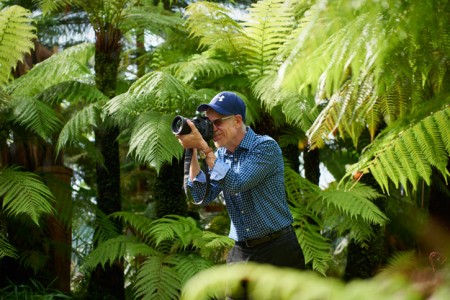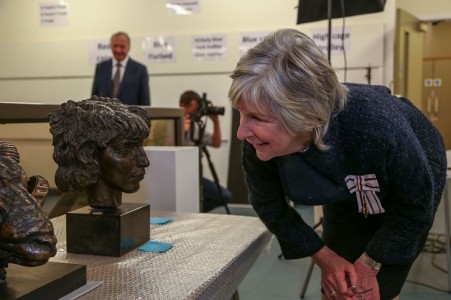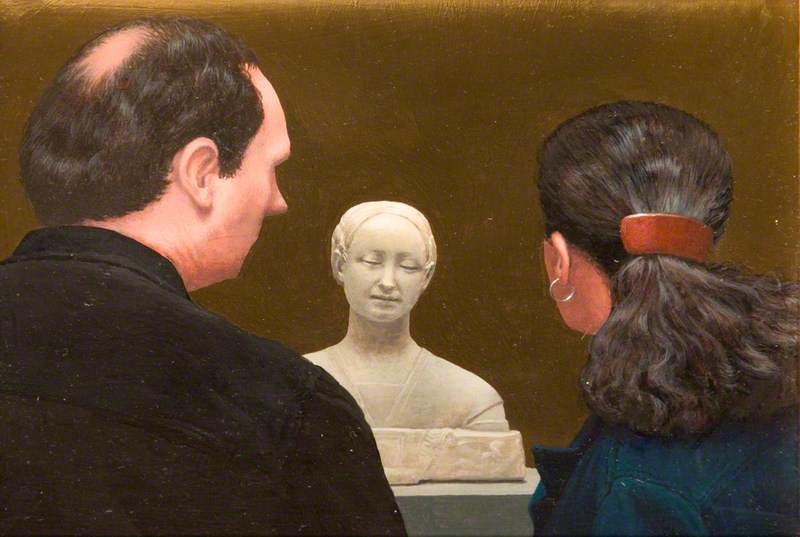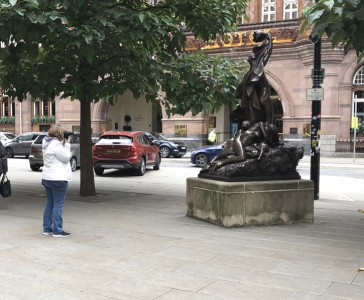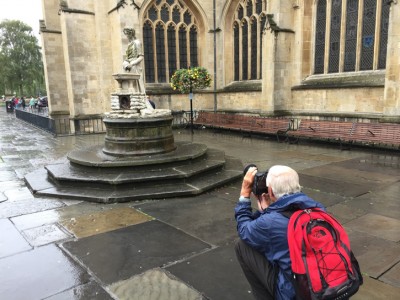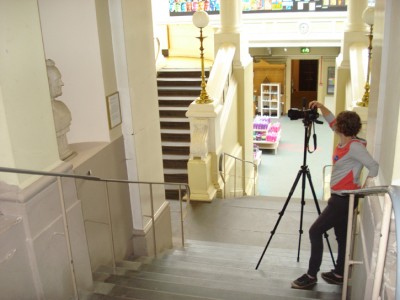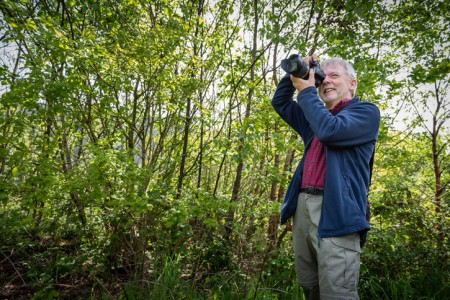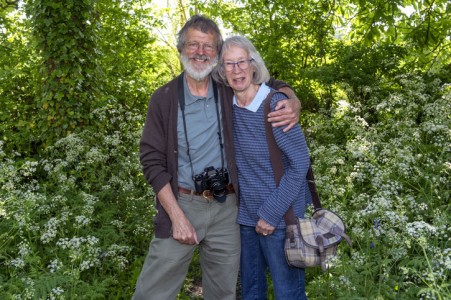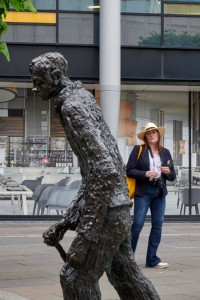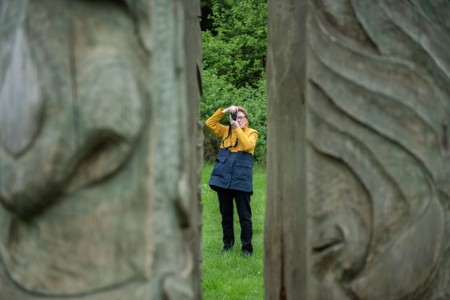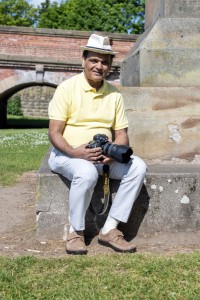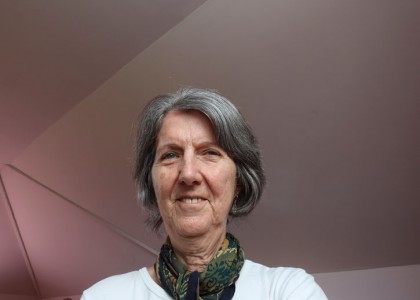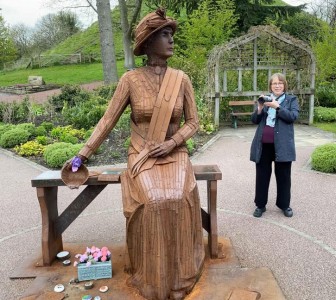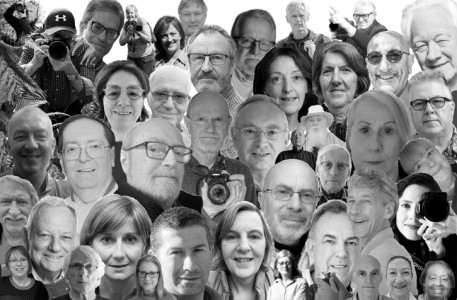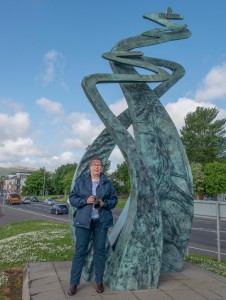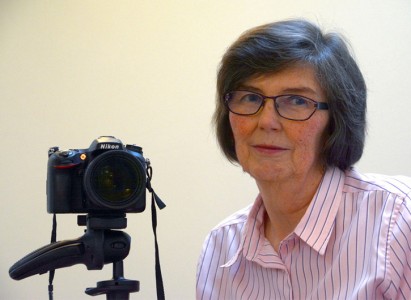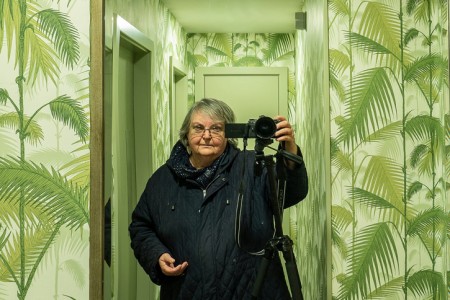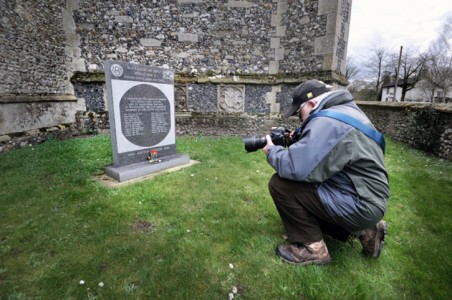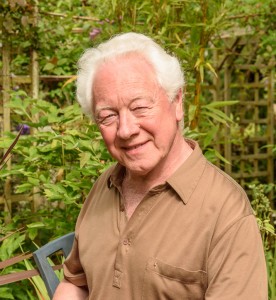'Don't take on too much early on in retirement, wait and see what turns up.' Good advice after 35 hectic years working in the NHS. And then I saw the advert for both volunteer researchers and photographers for Art UK – an interest in art and sculpture, IT savvy, likes researching online resources, an interest in digital photography, keen to learn new skills. My dream volunteer jobs, so why not try both?
Jane Roblin, Art UK volunteer for Oxfordshire and Milton Keynes
And so I began. Armed with a very large spreadsheet my task was to identify and research all the sculptures in public ownership in Oxfordshire, record the data and then photograph them from every angle. Unlike many counties there was little coordinated information on where to find these works of art, so my winter evenings were spent checking online resources – Historic England listings, war memorial sites, council websites and many more. Gradually a long list of sculptures emerged. Research followed into their artists, materials, size, who commissioned them and much more. Slowly the empty columns on the spreadsheet were filling up.
The Headington Shark
1986, fibreglass by John Buckley (b.1945) 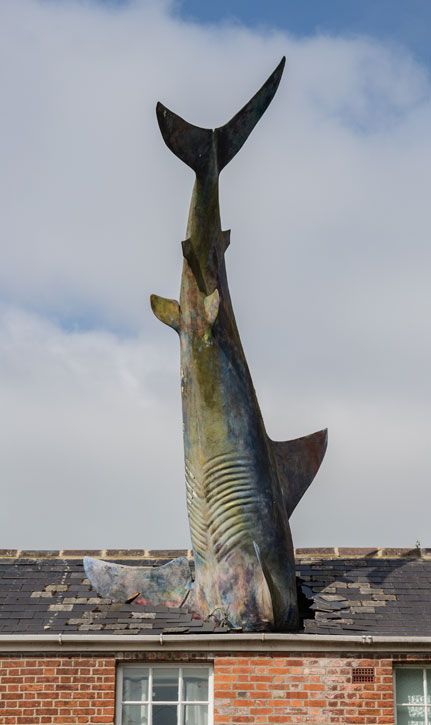
Then the fun really started. After tracking my works of art on Google Maps, noting their grid references, I set out to see them for myself and photograph them. Work started close to home where, 33 years ago, at the end of my road, the 7.6-metre 'Headington Shark' had dived into the roof of a terraced house. The quirky neighbourhood installation that I had walked past nearly every day I now knew was installed on the 41st anniversary of the bombing of Nagasaki and represented impotence and rage in the face of the barbarity of war. Oh, and the owner of the house just liked sharks!
Martyrs' Memorial, Oxford
1843, stone by George Gilbert Scott (1811–1878) and Henry Weekes (1807–1877) 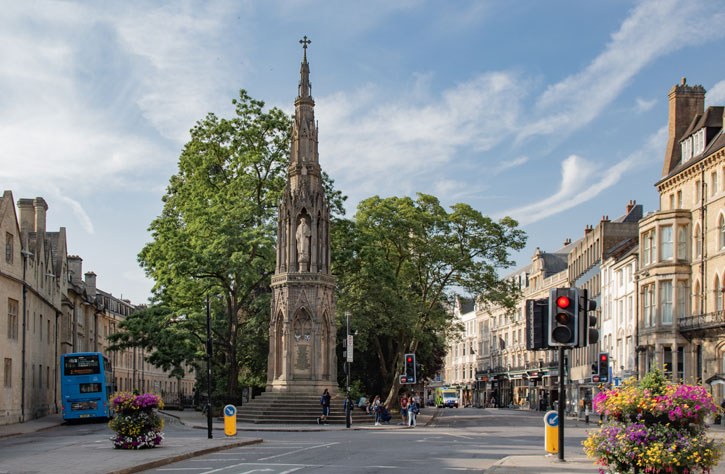
Compare The Headington Shark, installed in 1986, with the Martyrs' Memorial designed by George Gilbert Scott in 1843 to commemorate the burning of the Protestant martyrs Latimer, Cranmer and Ridley, and you begin to see the range of sculptures covered by Art UK's project. But what I have most enjoyed researching and photographing are the many twenty-first-century sculptures installed on housing developments and shopping centres across the county, commissioned by councils and developers to bring contemporary sculpture to the general public.
The Crows of Bicester
stainless steel, bronze & glass by Philip Bews and Diane Gorvin 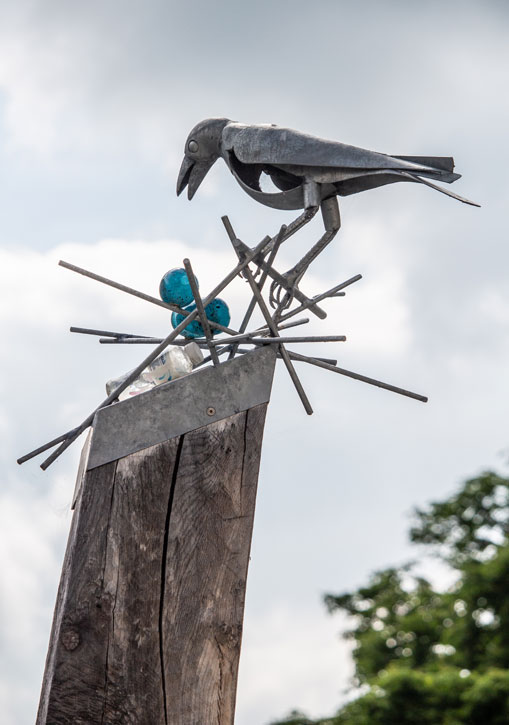
In small Oxfordshire towns like Bicester, Carterton and Didcot, sculptures such as The Crows of Bicester by Diane Gorvin and Philip Bews and The Swirl by Maria Rosa Kramer look down on us from the side of the supermarket or outside the library.
The Swirl
stainless steel by Maria Rosa Kramer 
Gleaming bronze, glass and stainless steel crows' nests and bright red abstract steel forms have made me look at my own county in a different light.
Dali Diver
2014, stone by Tim Shutter 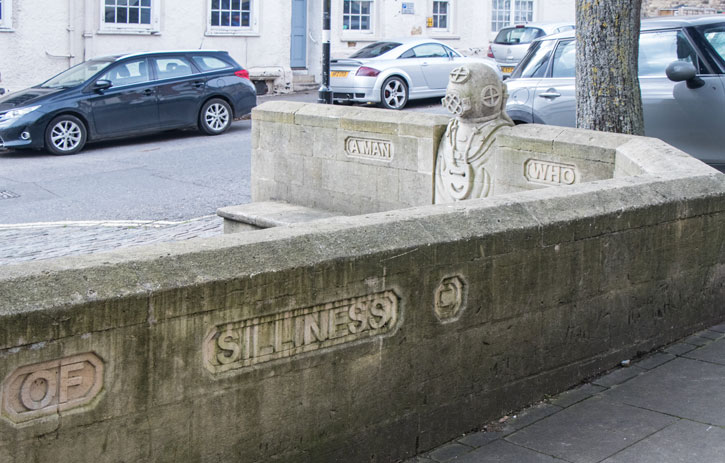
One of my favourite sculptural pieces unveiled in 2014 is in the small town of Faringdon. It is a stone seat in the town's marketplace known officially as the Portwell Bench. Easy to overlook until you get up close and see a deep sea diver emerge from its centre and notice the inscription 'Mistrust a man who never has an occasional flash of silliness'. Popularly known as 'Dali's Diver', the bench commemorates the friendship between Lord Berners of Faringdon House and Salvador Dali. The diving suit was hired by Lord Berners for Dali to wear at the first Surrealist exhibition in London, reflecting the dive into the subconscious. Dali actually tried it out in Faringdon Marketplace. The ordinary and the extraordinary have been brought together.
Jane Roblin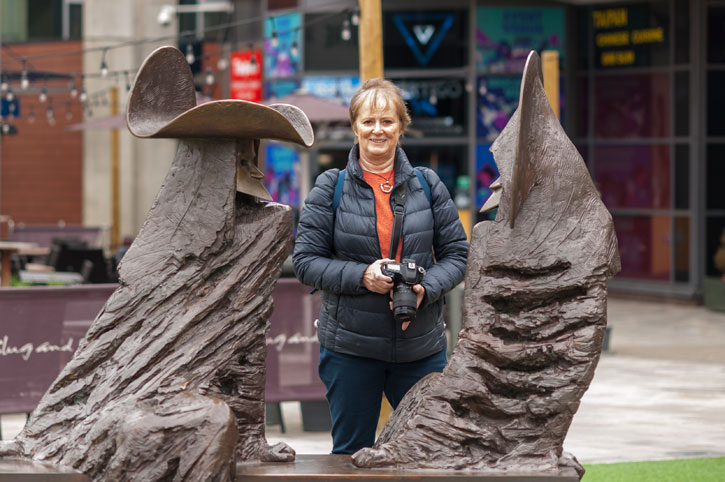
That is what I have most enjoyed about volunteering for the sculpture project, looking at my county with new eyes and seeing the unexpected emerge around every corner.
Jane Roblin, Volunteer for Oxfordshire and Milton Keynes
This story is part of a series commissioned for Volunteers' Week 2019 looking at the roles of volunteers across Art UK
